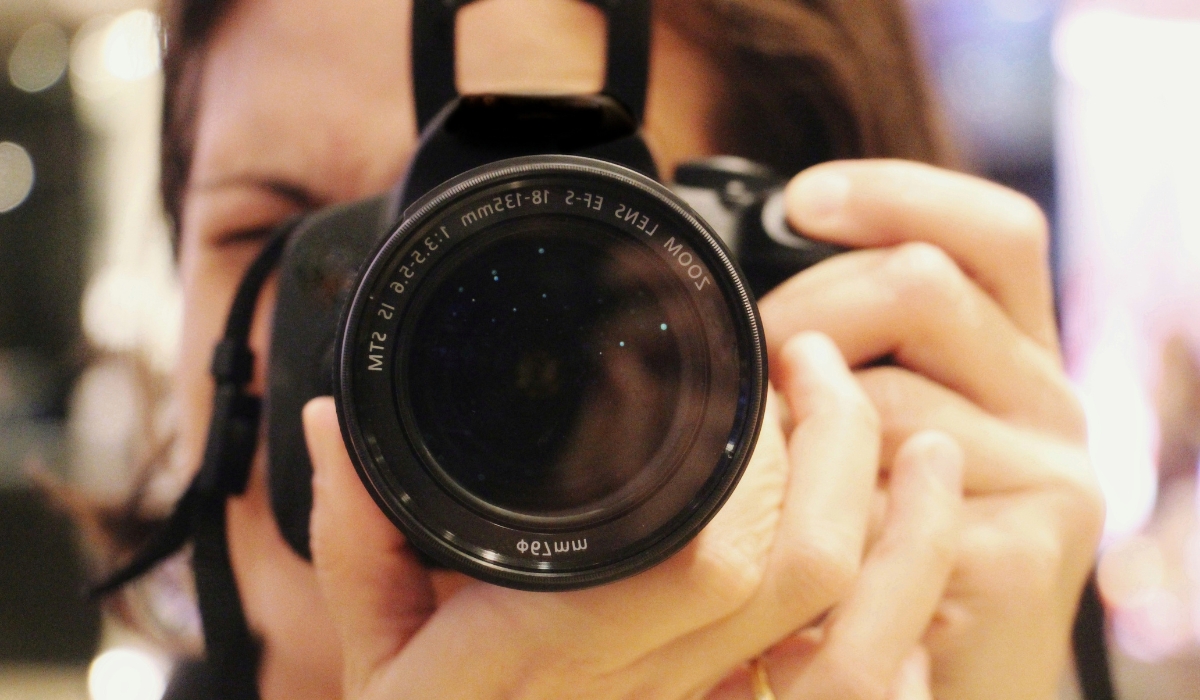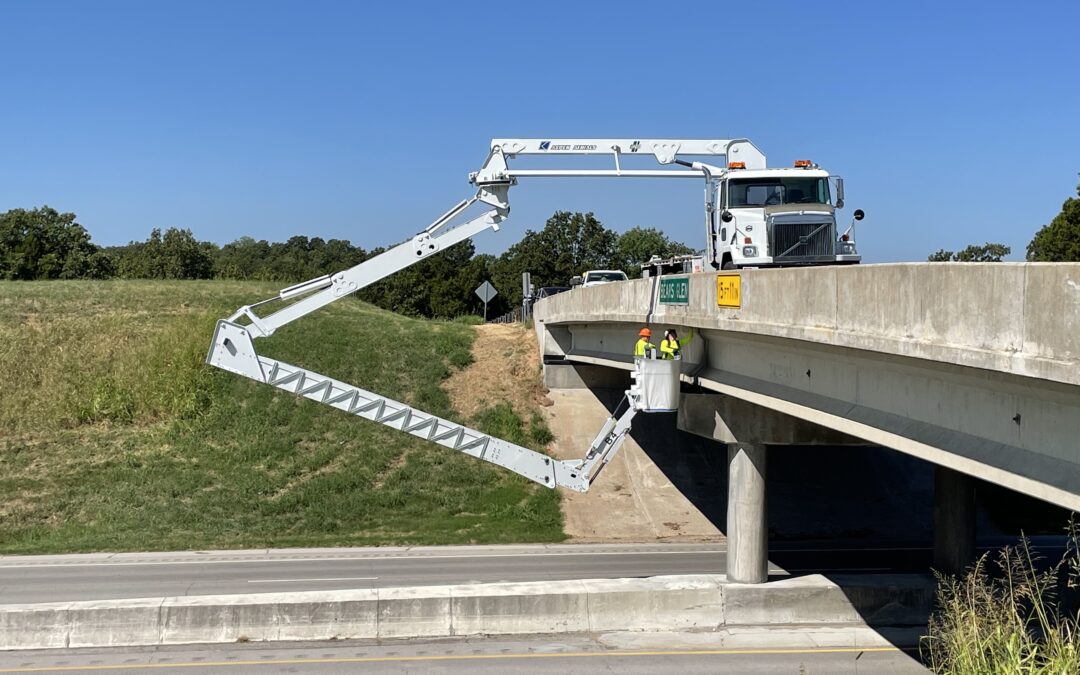When you picture one of those impressive under bridge inspection platforms – you know, the ones that look a bit like mechanical arms reaching under a bridge deck – what comes to mind? Probably hard hats, clipboards, maybe engineers tapping concrete or checking steel beams, right? That’s definitely their day job, the crucial work of keeping our bridges safe and sound for all of us who rely on them daily. We get it, and we’re incredibly proud to be part of that essential safety network. It’s work that matters deeply, ensuring families get home safe and commerce keeps flowing.
But what if we told you these specialized machines are like the multi-tool of the infrastructure world? Their incredible stability, impressive reach, and paramount focus on safety open doors – or maybe we should say, open access – to a whole world of possibilities beyond the routine check-ups. Think of them less as just inspection tools and more as mobile, stable platforms ready for creativity and discovery in places that are usually incredibly hard, if not impossible, to reach safely. It’s about turning a challenging environment into a manageable workspace. So, grab a coffee, get comfy, and let’s explore some surprising and frankly, pretty cool, ways these under bridge access platforms are making a difference in fields you might never expect. Prepare to be surprised!
A New Lens: Photography & Cinematography Like Never Before
Imagine trying to get that perfect, sweeping shot underneath a massive city bridge for a movie scene. You need the camera perfectly stable, maybe tracking alongside a boat or capturing the intricate architecture from a perspective nobody usually sees. Or picture a nature photographer trying to document the unique ecosystem thriving around bridge supports, needing a solid base over flowing water for a long exposure shot. Trying to achieve this with scaffolding? Hugely expensive and time-consuming. From a boat? Often too unstable, especially for precise camera work or heavy equipment. Drones? They have limitations with payload, flight time, and can struggle with GPS signals directly under large structures. This is where under bridge platforms become the unsung heroes of the visual arts.
These platforms offer a remarkably stable and secure base, essentially a mobile studio platform, right where the action needs to happen. Filmmakers can mount heavy cameras, lighting rigs, and safely position their crew to capture breathtaking, unique angles. Think of those dramatic establishing shots in thrillers, the detailed bridge structure views in architectural documentaries, or even commercials wanting that iconic bridge backdrop from a completely fresh perspective. For photographers, it means getting crystal-clear shots without wobble, capturing the interplay of light and shadow beneath the deck, or documenting structural details with artistic flair. It provides a safe, vibration-minimized spot, allowing artists and technicians the freedom to focus purely on their craft, knowing the platform has their back (and their expensive gear!). It’s about empowering creativity by solving the access puzzle.

Guardians of the Environment: Getting Up Close with Surveys & Monitoring
We all drive over bridges, often crossing rivers, estuaries, or sensitive land areas without a second thought. But have you ever considered what’s happening right under that bridge? How is the structure potentially impacting the water quality? Is there erosion happening around the supports that needs monitoring? Environmental scientists and consultants grapple with these questions constantly. Getting accurate data often means getting direct access to the water surface, the riverbed, or the surrounding banks directly adjacent to or beneath the bridge structure – notoriously difficult spots to reach safely and effectively. Sampling from the bridge deck above can be inaccurate, and using boats might be impossible due to currents, shallow water, or access restrictions.
Enter the under bridge platform, acting as a mobile environmental lab station. Imagine researchers needing to collect water samples at precise points across the width of a river directly under a bridge to test for pollutants potentially running off the roadway above. The platform allows them to lower sampling equipment safely and accurately, time and time again, ensuring data consistency. Think about monitoring sediment build-up or scour around bridge piers after a major flood event – the platform provides a stable base to deploy sensors or collect physical samples. It allows for visual inspections of bank stability or vegetation health in areas otherwise obscured from view or dangerous to access on foot. It’s about providing safe, targeted access so scientists can gather the vital data needed to protect our natural resources, giving them a solid footing to perform delicate tasks in challenging locations.
Feathered Friends & Fauna: A Gentle Approach to Wildlife Studies
Bridges, surprisingly, can be bustling hubs of wildlife activity. Peregrine falcons might nest high up on the superstructure, colonies of swallows often build their mud nests clinging to the underside, and bats might use expansion joints or crevices as roosting spots. Studying these creatures is vital for understanding urban ecology and ensuring infrastructure projects minimize harm to local ecosystems. But how do you safely and ethically get close enough to observe, count, band, or monitor these animals without causing undue stress or disturbance? Climbing gear can be risky and disruptive, drones can frighten animals, and observation from afar often lacks the necessary detail. It’s a real challenge for biologists and conservationists.
Under bridge platforms offer a unique solution, providing a gentle, stable, and relatively quiet way to approach these sensitive locations. Researchers can use the platform to get eye-level with nests for counting eggs or chicks, carefully install monitoring cameras or acoustic sensors near bat roosts, or conduct detailed behavioral observations from a safe and steady vantage point. The slow, controlled movement of the platform can often be less alarming to wildlife than human climbers or noisy boats. This allows for invaluable data collection with minimal impact. Imagine a team monitoring a protected bird species nesting under a bridge; the platform allows them to conduct health checks or banding operations efficiently and safely, contributing directly to conservation efforts. It’s about enabling crucial wildlife research by bridging the gap – quite literally – between researchers and hard-to-reach habitats.

Beyond the Surface: Geotechnical & Utility Access Challenges Solved
While inspection is the primary gig, sometimes the work needed under a bridge goes beyond just looking. Think about the ground around the bridge supports (abutments). Geotechnical engineers might need to take soil borings or examine the rock face right where the bridge meets the land to assess stability, especially after events like earthquakes or floods. Or consider the maze of utilities – communication cables, power conduits, drainage pipes – that are often tucked neatly (or not so neatly!) beneath the bridge deck. Installing new sensors, repairing existing lines, or performing maintenance on these systems requires safe, stable access for workers and their tools, often including equipment heavier than standard inspection gear. Getting scaffolding or man-lifts into these tight, often wet, spots can be a logistical nightmare.
This is another area where the versatility of under bridge platforms shines. They provide a robust work platform capable of supporting not just people, but also drilling equipment for geotechnical sampling, tools for concrete repair near abutments, or the necessary gear for utility installation and maintenance. Imagine a crew needing to install a new environmental monitoring sensor system underneath a bridge spanning a sensitive wetland. The platform allows them to precisely position the sensors and secure the conduits without disturbing the ground below. Or picture engineers needing to investigate the condition of a bridge foundation after reported ground shifting – the platform grants them the close, stable access required for detailed analysis and potential core sampling. It’s about providing a safe, adaptable workspace for tasks that go deeper than a visual check, ensuring the bridge’s foundational integrity and the reliability of the vital services running beneath it.
So, Why Choose an Under Bridge Platform for These Unique Tasks?
Okay, we’ve looked at some pretty diverse and interesting uses, from filming movies to counting bats. But why is an under bridge platform often the best tool for these unconventional jobs, compared to other methods like scaffolding, boats, drones, or rope access? It boils down to a combination of core strengths that translate beautifully across different needs. It’s not just about reaching under a bridge; it’s about how you reach it and what you can do once you’re there. Let’s be honest, working over water, over busy highways, or at significant heights carries inherent risks, and everyone deserves to go home safe at the end of the day.
First and foremost is unparalleled, safe access. These platforms are engineered specifically to get people and equipment into those incredibly awkward spots under bridge decks safely and efficiently. Forget complex scaffolding builds or risky rope work in many situations. Secondly, stability is key. Whether you’re a cinematographer needing a vibration-free shot, a scientist handling delicate samples, or a technician working with precise tools, the solid, stable platform minimizes movement, making high-quality, accurate work possible. Then there’s efficiency. Deploying an under bridge platform can often be significantly faster and require less preparatory work than erecting extensive scaffolding, potentially saving valuable time and reducing project costs. Furthermore, they often allow for minimal disruption to traffic flow above or environmental conditions below compared to lane closures needed for other methods or the disturbance caused by extensive ground-based setups. It’s this blend of safety, stability, reach, and efficiency that makes them such surprisingly adaptable problem-solvers.
Thinking Differently: What Could You Access?
So, the next time you see an under bridge platform, maybe you’ll think beyond the hard hats and inspection reports. These machines are more than just tools for checking structural integrity; they are enablers of creativity, discovery, and vital work in environments that challenge human access. From capturing that award-winning photograph from a perspective never seen before, to collecting the crucial data that helps protect our environment, to ensuring the safe havens for local wildlife nesting under our transportation corridors, the applications are as varied as the challenges themselves. They represent engineering ingenuity not just for building and maintaining, but for exploring, documenting, and understanding the world around us, even in the hidden spaces beneath our feet (or wheels!).
We’ve seen firsthand how these platforms can make the seemingly impossible, possible. It’s about providing that safe, stable point in space that unlocks potential. Do you have a project with a tricky access challenge near a bridge? Maybe you need to film a scene, conduct an environmental study, access utilities, or undertake a research project in a location that seems just out of reach? Perhaps this has sparked an idea? We encourage you to think differently about access. Reach out to us today. Let’s chat about your unique project needs. We’re passionate about finding solutions and maybe, just maybe, our platforms are the key to getting your unconventional job done safely and effectively. We’d love to hear your ideas!


Recent Comments